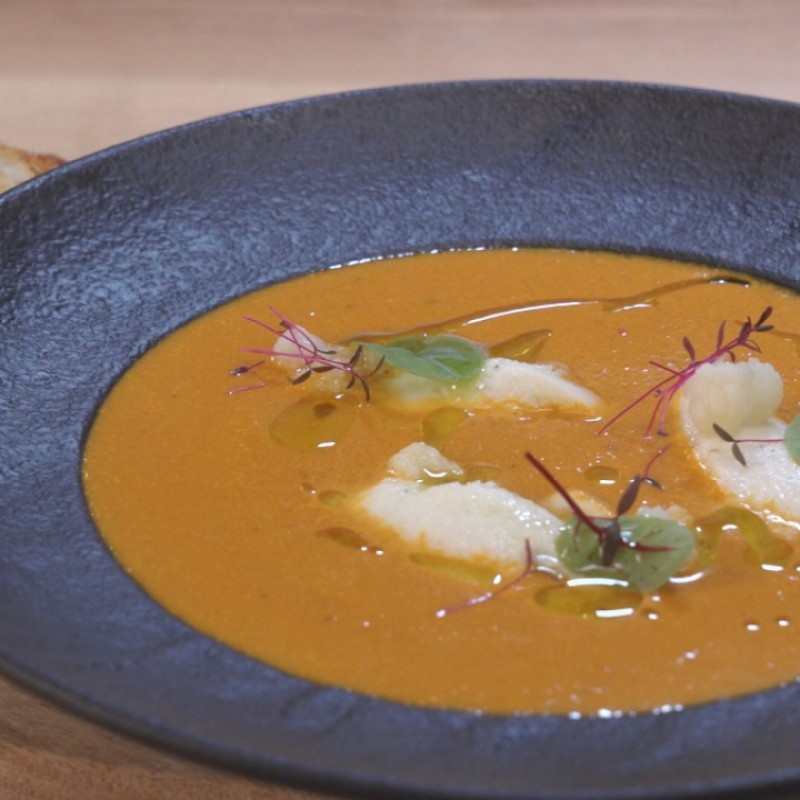
Cuisine
Cuisine
Year 2011
Duration 00:35:43
Once during the 300-year Romanov dynasty Tsar Nicholas II decided to take stock of his possessions. This decision brought him to the Cossack village of Elizavetinskaya, the largest fishing village on the Don River at the time. There residents invited the tsar to try a fish soup, called “ukha.” A week after the tsar had left, the man who had prepared the soup, Vasily Kedrov, received a parcel with a gold medal inside thanking him for his military service. At first he was surprised to have received such an award, but remembering the tsar’s visit and how much he had enjoyed his meal, he realized that the real reason for the gold medal was not his military service, but in fact his delicious soup. Nowadays there are still a great number of fish recipes in Rostov-on-Don. RTG TV host Stanislav Salnikov travelled there where he learned how to cook sturgeon in sparkling wine and, to his surprise, discovered that this very dish has become part of the daily diet of those who live on the Don River.
Presenter Stanislav Sal'nikov
Year 2011
Duration 00:35:43
Presenter Stanislav Sal'nikov
Once during the 300-year Romanov dynasty Tsar Nicholas II decided to take stock of his possessions. This decision brought him to the Cossack village of Elizavetinskaya, the largest fishing village on the Don River at the time. There residents invited the tsar to try a fish soup, called “ukha.” A week after the tsar had left, the man who had prepared the soup, Vasily Kedrov, received a parcel with a gold medal inside thanking him for his military service. At first he was surprised to have received such an award, but remembering the tsar’s visit and how much he had enjoyed his meal, he realized that the real reason for the gold medal was not his military service, but in fact his delicious soup. Nowadays there are still a great number of fish recipes in Rostov-on-Don. RTG TV host Stanislav Salnikov travelled there where he learned how to cook sturgeon in sparkling wine and, to his surprise, discovered that this very dish has become part of the daily diet of those who live on the Don River.
You may also like